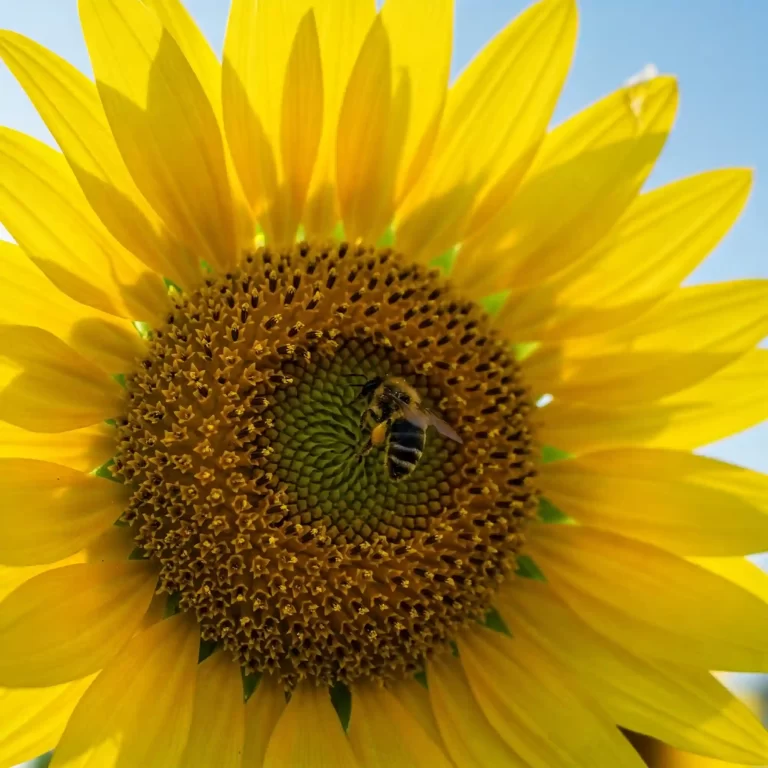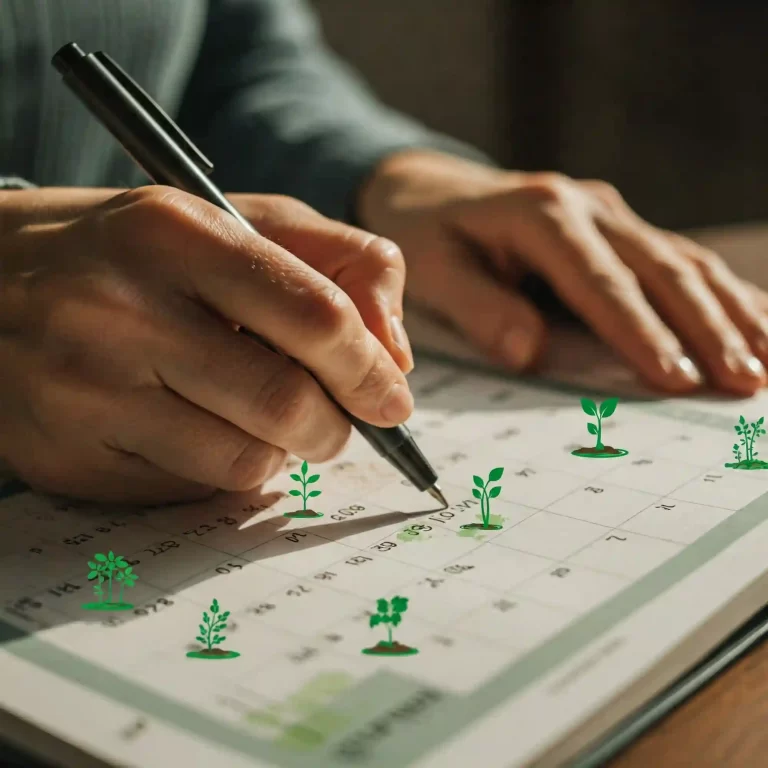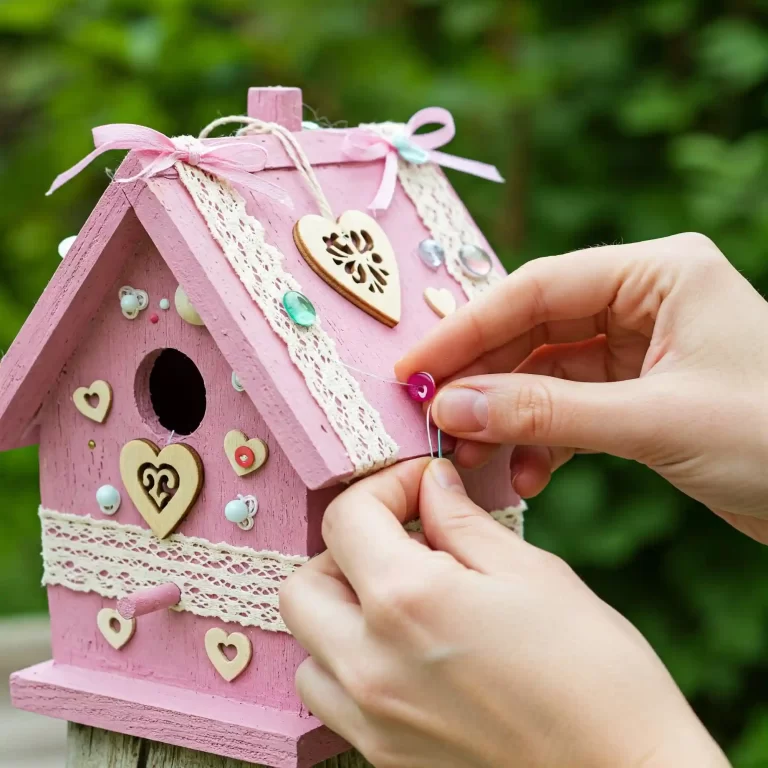| Key Takeaways |
|---|
| – Life cycles are the stages of growth and development that living things go through from birth to death. |
| – Life cycle games are online games that teach or test your knowledge about the life cycles of different animals and plants. |
| – Playing life cycle games can help you improve your science, cognitive, and emotional skills, as well as have fun and learn more about nature. |
| – There are many types of life cycle games that you can play online, such as interactive diagrams, animations, videos, audio, quizzes, etc. |
| – There are also many other resources that you can use to learn more about life cycles, such as videos, articles, books, worksheets, and crafts. |
Do you want to learn more about the amazing life cycles of different animals and plants? Do you enjoy playing games that are fun and educational at the same time? If you answered yes to both questions, then this article is for you. In this article, we will show you some of the best online games that can teach you about the life cycles of various organisms, such as butterflies, frogs, chickens, plants, and more. You will also find videos, quizzes, articles, and books that can help you deepen your understanding of life cycles. So, let’s get started and explore the wonderful world of life cycles with these games.
What are life cycles and why are they important?
Life cycles are the stages of growth and development that living things go through from birth to death. All living things have life cycles, but they can be very different depending on the type of organism. Some life cycles are simple and short, while others are complex and long. Some life cycles involve changes in shape and form, while others do not. Some life cycles are completed in one generation, while others span multiple generations.
Life cycles are important for living things because they allow them to reproduce, adapt, and evolve. Reproduction is the process of creating new individuals of the same species. Adaptation is the process of adjusting to the environment and surviving. Evolution is the process of changing over time and becoming more diverse and complex.
Some of the common terms and concepts related to life cycles are:
- Stages: The different phases or steps of a life cycle. For example, the life cycle of a butterfly has four stages: egg, larva, pupa, and adult.
- Eggs: The first stage of many animal life cycles. Eggs are usually small and round, and contain the developing embryo of the animal. For example, butterflies, frogs, and chickens all start their life cycles as eggs.
- Larvae: The second stage of some animal life cycles. Larvae are usually worm-like and have different body parts and behaviors than the adult. For example, caterpillars are the larvae of butterflies, tadpoles are the larvae of frogs, and maggots are the larvae of flies.
- Pupae: The third stage of some animal life cycles. Pupae are usually inactive and enclosed in a protective case or cocoon. Pupae undergo a process called metamorphosis, which means a change in form. For example, chrysalises are the pupae of butterflies, and nymphs are the pupae of dragonflies.
- Adult: The final and mature stage of most animal life cycles. Adults are usually larger and more complex than the previous stages. Adults can reproduce and create new individuals of the same species. For example, butterflies, frogs, and chickens are the adults of their life cycles.
- Metamorphosis: The process of changing from one stage to another in some animal life cycles. Metamorphosis can be complete or incomplete. Complete metamorphosis involves four distinct stages: egg, larva, pupa, and adult. Incomplete metamorphosis involves three similar stages: egg, nymph, and adult. For example, butterflies undergo complete metamorphosis, while grasshoppers undergo incomplete metamorphosis.
- Seeds: The first stage of many plant life cycles. Seeds are usually small and hard, and contain the embryo of the plant. Seeds can be dispersed by wind, water, animals, or humans. For example, beans, sunflowers, and apples all start their life cycles as seeds.
- Sprouts: The second stage of some plant life cycles. Sprouts are the young plants that emerge from the seeds. Sprouts have roots, stems, and leaves that help them grow and absorb nutrients. For example, bean sprouts, sunflower sprouts, and apple sprouts are the sprouts of their life cycles.
- Flowers: The third stage of some plant life cycles. Flowers are the reproductive organs of the plants. Flowers have petals, sepals, stamens, and pistils that help them attract pollinators and produce seeds. For example, sunflower flowers, apple flowers, and rose flowers are the flowers of their life cycles.
- Fruits: The fourth stage of some plant life cycles. Fruits are the mature ovaries of the plants. Fruits contain seeds that can start new life cycles. Fruits can be eaten by animals or humans, or fall to the ground and decompose. For example, apples, oranges, and tomatoes are the fruits of their life cycles.
- Pollination: The process of transferring pollen from the stamen to the pistil of a flower. Pollination can be done by wind, water, animals, or humans. Pollination allows the plants to fertilize their eggs and produce seeds. For example, bees, butterflies, and hummingbirds are some of the pollinators of flowers.
- Germination: The process of sprouting from a seed. Germination can be triggered by water, temperature, light, or chemicals. Germination allows the plants to start their growth and development. For example, bean seeds, sunflower seeds, and apple seeds can germinate under the right conditions.
Here are some examples of different life cycles:
| Animal | Life Cycle |
|---|---|
| Butterfly | Egg -> Larva (Caterpillar) -> Pupa (Chrysalis) -> Adult (Butterfly) |
| Frog | Egg -> Larva (Tadpole) -> Adult (Frog) |
| Chicken | Egg -> Chick -> Adult (Chicken) |
| Plant | Life Cycle |
|---|---|
| Bean | Seed -> Sprout -> Flower -> Fruit (Pod) -> Seed |
| Sunflower | Seed -> Sprout -> Flower -> Fruit (Head) -> Seed |
| Apple | Seed -> Sprout -> Flower -> Fruit (Apple) -> Seed |
How to play life cycle games online?
Playing life cycle games online is a great way to learn about the life cycles of different animals and plants. You can play life cycle games online for free, without downloading or installing anything. You can also play life cycle games online on any device, such as computer, tablet, or smartphone. You can also play life cycle games online at any time, anywhere, and at your own pace.
There are many types of life cycle games that you can play online, such as:
- Interactive diagrams: These are games that let you see and manipulate the diagrams of different life cycles. You can click, drag, drop, or type to label, order, or match the stages of the life cycles. You can also watch animations, videos, or listen to audio explanations of each stage of the life cycle. For example, you can play [Life Cycle Games – Science Activities for kids – ESL Games Plus], which offers interactive games that teach you about the life cycles of butterflies, frogs, chickens, and plants.
- Animations: These are games that let you watch and control the animations of different life cycles. You can pause, play, rewind, or fast-forward the animations to see the changes in shape and form of the organisms. You can also click, hover, or tap to see more information or details about each stage of the life cycle. For example, you can play [Interactive Life Cycle Diagrams Of Animals & Plants – Ecosystem For Kids], which provides online diagrams of various life cycles, such as octopus, mushroom, bean plant, crocodile, spider, and more.
- Videos: These are games that let you watch and learn from the videos of different life cycles. You can see real-life footage or illustrations of the organisms and their environments. You can also hear narrations, sounds, or music that accompany the videos. You can also answer questions, fill in the blanks, or complete sentences that test your comprehension of the videos. For example, you can play [Life Cycle Videos for Kids – Turtle Diary], which offers videos that teach you about the life cycles of mammals, birds, reptiles, amphibians, insects, and plants.
- Audio: These are games that let you listen and learn from the audio of different life cycles. You can hear descriptions, stories, or songs that tell you about the life cycles of different organisms. You can also repeat, record, or compare your own voice with the audio. You can also answer questions, identify sounds, or match words that test your listening skills. For example, you can play [Life Cycle Audio Games for Kids – Funbrain], which offers audio games that teach you about the life cycles of butterflies, frogs, and plants.
- Quizzes: These are games that let you test your knowledge and understanding of different life cycles. You can choose from multiple choice, true or false, matching, or ordering questions. You can also get feedback, hints, or explanations for each question. You can also see your score, time, or progress as you play. For example, you can play [Life Cycle Quizzes for Kids – Softschools], which offers quizzes that teach you about the life cycles of butterflies, frogs, chickens, plants, and more.
What are the benefits of playing life cycle games?
Playing life cycle games can help you improve your science, cognitive, and emotional skills, as well as have fun and learn more about nature. Here are some of the benefits of playing life cycle games:
- Science skills: Playing life cycle games can help you improve your science skills, such as observation, experiment, inquiry, exploration, discovery, and curiosity. You can observe the changes and differences in the life cycles of different organisms. You can experiment with the variables and factors that affect the life cycles. You can inquire about the causes and effects of the life cycles. You can explore the diversity and complexity of the life cycles. You can discover new facts and information about the life cycles. You can also develop your curiosity and interest in the life cycles and the natural world.
- Cognitive skills: Playing life cycle games can help you develop your cognitive skills, such as memory, attention, logic, reasoning, and problem-solving. You can memorize the names, stages, and features of the life cycles. You can pay attention to the details, patterns, and sequences of the life cycles. You can use logic and reasoning to understand the processes and functions of the life cycles. You can also solve problems and challenges that relate to the life cycles.
- Emotional skills: Playing life cycle games can help you enhance your emotional skills, such as motivation, interest, engagement, and fun. You can be motivated to learn more about the life cycles and achieve your goals. You can be interested in the life cycles and their relevance to your life. You can be engaged in the life cycle games and their interactivity and feedback. You can also have fun and enjoy the life cycle games and their graphics and sounds.
What are some other resources to learn more about life cycles?
Playing life cycle games online is not the only way to learn more about life cycles. There are also many other resources that you can use to learn more about life cycles. Here are some of the resources that you can use:
- Videos: You can watch videos that show you the life cycles of different animals and plants. You can see real-life footage or illustrations of the organisms and their environments. You can also hear narrations, sounds, or music that accompany the videos. You can also answer questions, fill in the blanks, or complete sentences that test your comprehension of the videos. For example, you can watch [Life Cycle Videos for Kids – Turtle Diary], which offers videos that teach you about the life cycles of mammals, birds, reptiles, amphibians, insects, and plants.
- Articles: You can read articles that explain the life cycles of different animals and plants. You can see pictures, diagrams, or charts that illustrate the life cycles. You can also read texts, captions, or labels that describe the life cycles. You can also answer questions, summarize, or paraphrase the articles to test your understanding of the life cycles. For example, you can read [Life Cycle Articles for Kids – National Geographic Kids], which offers articles that teach you about the life cycles of sharks, pandas, penguins, and more.
- Books: You can read books that tell you the stories of the life cycles of different animals and plants. You can see colorful images or drawings that depict the life cycles. You can also read words, sentences, or paragraphs that narrate the life cycles. You can also answer questions, make predictions, or draw conclusions from the books to test your understanding of the life cycles. For example, you can read [Life Cycle Books for Kids – Amazon], which offers books that teach you about the life cycles of butterflies, frogs, chickens, plants, and more.
- Worksheets: You can do worksheets that practice the life cycles of different animals and plants. You can see pictures, diagrams, or charts that represent the life cycles. You can also write, draw, or color the life cycles. You can also answer questions, label, or match the life cycles to test your knowledge of the life cycles. For example, you can do [Life Cycle Worksheets for Kids – Education], which offers worksheets that teach you about the life cycles of butterflies, frogs, chickens, plants, and more.
- Crafts: You can make crafts that create the life cycles of different animals and plants. You can use materials, such as paper, scissors, glue, paint, or clay to make the life cycles. You can also decorate, cut, or shape the life cycles. You can also display, share, or explain the life cycles to show your creativity and understanding of the life cycles. For example, you can make [Life Cycle Crafts for Kids – The Craft Train], which offers crafts that teach you about the life cycles of butterflies, frogs, chickens, plants, and more.
Conclusion
In this article, we have shown you some of the best online games that can teach you about the life cycles of different animals and plants. We have also shown you some of the benefits of playing life cycle games for your learning and enjoyment. We have also shown you some of the other resources that can help you learn more about life cycles.
We hope that you have learned a lot from this article and that you have had fun playing the life cycle games. We also hope that you have developed a deeper appreciation and curiosity for the life cycles and the natural world.
If you liked this article, please share it with your friends and family. If you have any feedback, comments, questions, or suggestions, please let us know. We would love to hear from you.
Thank you for reading this article and playing the life cycle games. We hope to see you again soon on our website.



